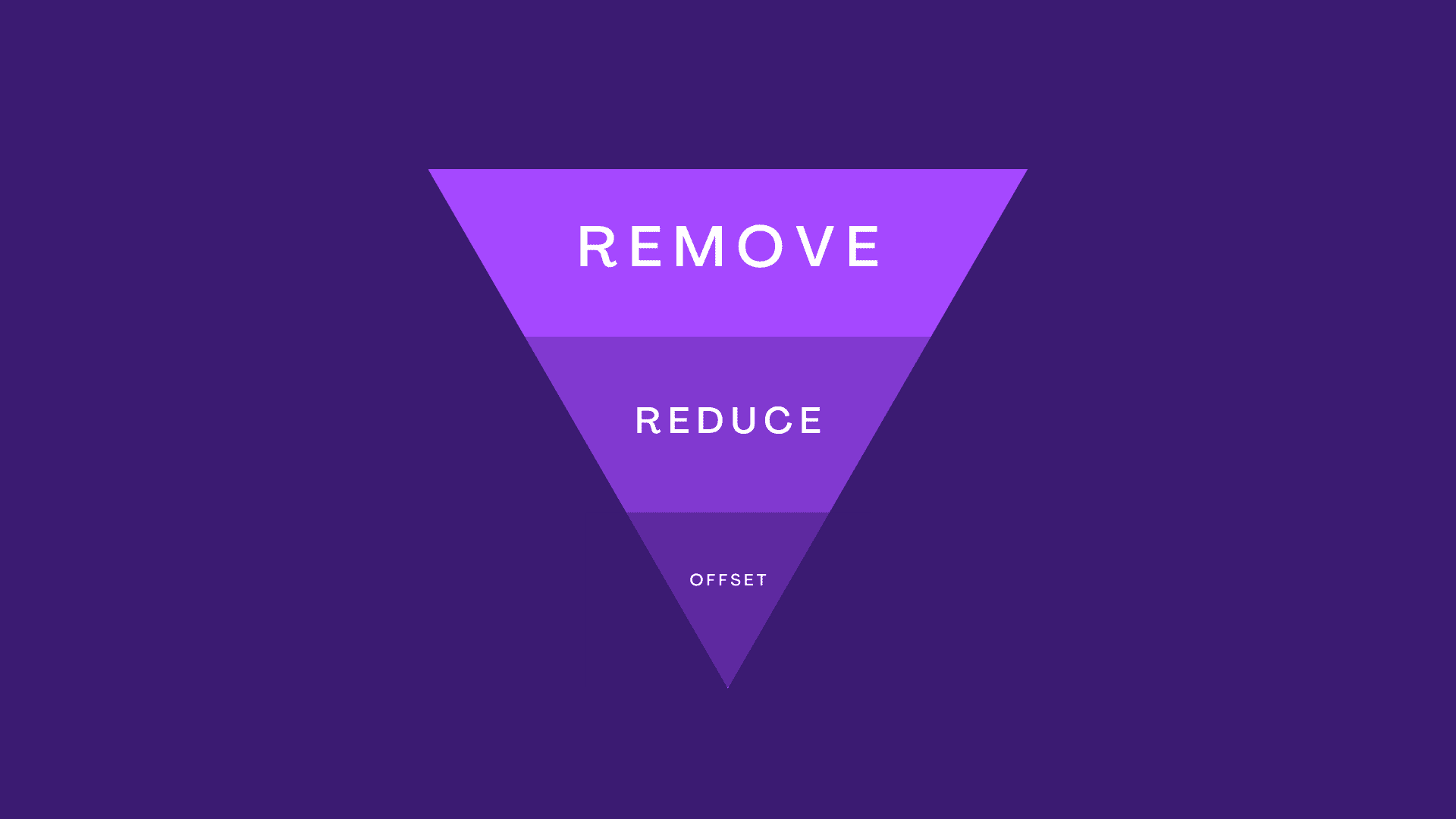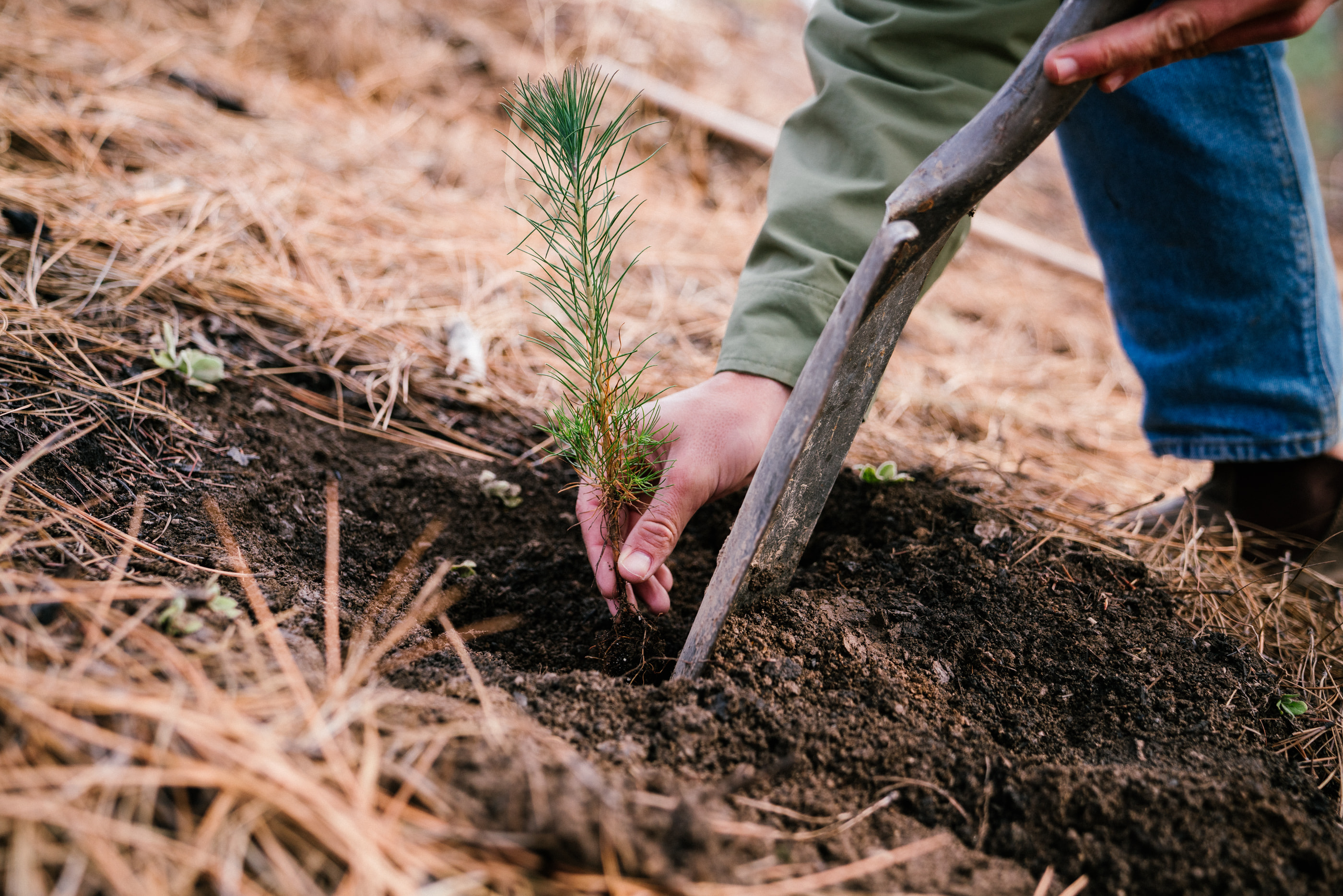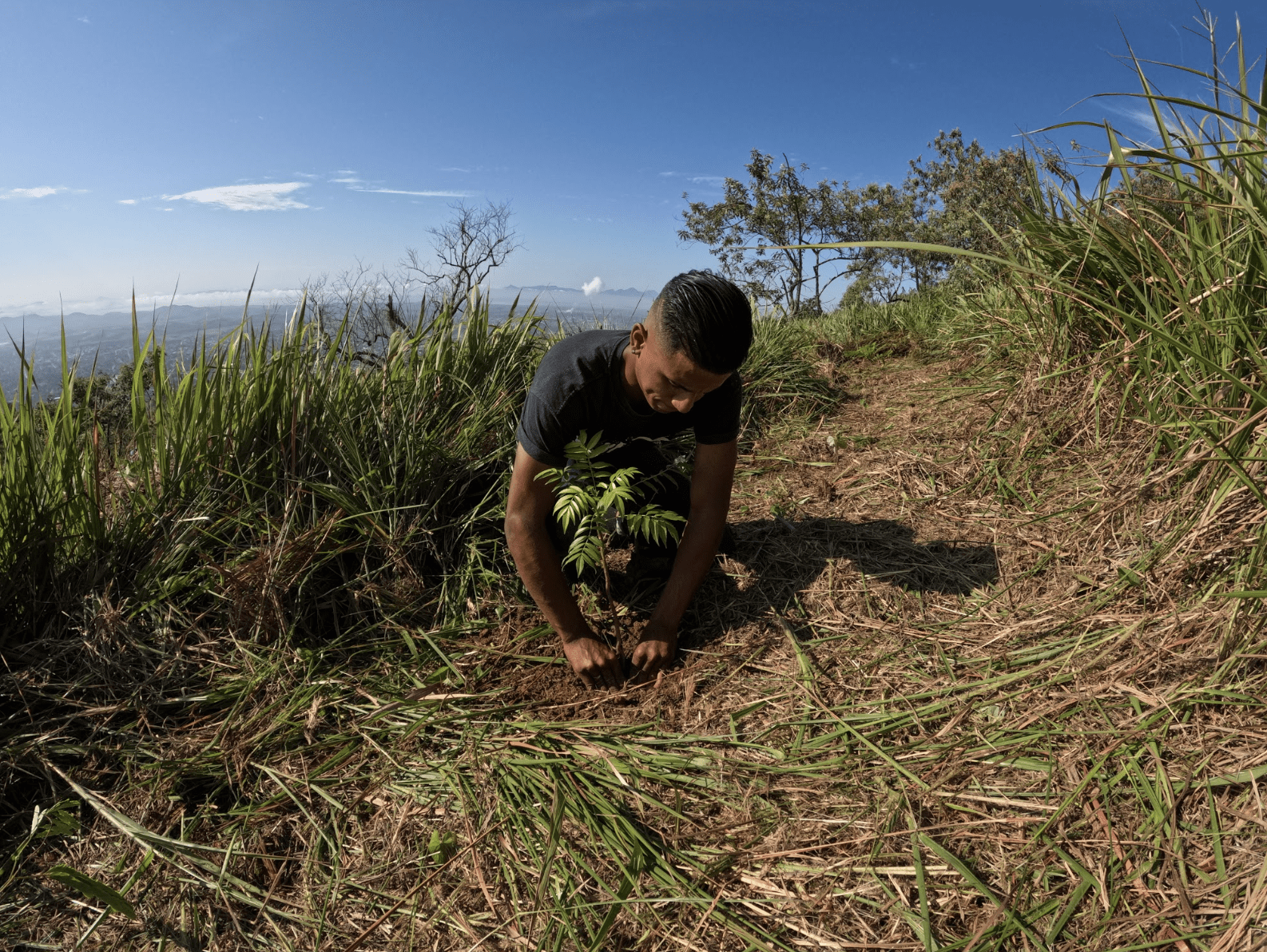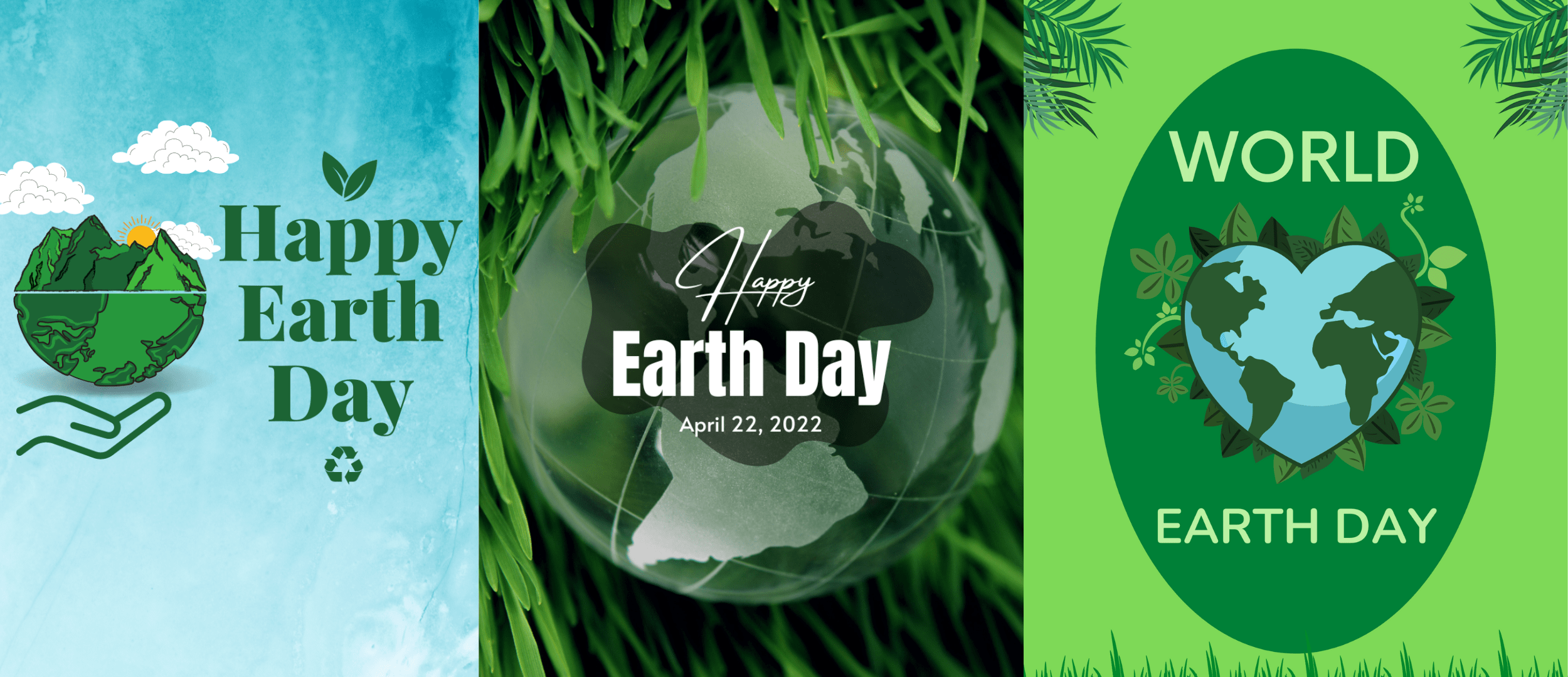At Canva, we’re fortunate to have built an amazing organisation on the premise of finding huge opportunities within interesting problems. We strongly believe that in every challenge there is opportunity, and there is no greater challenge facing the planet right now than climate change.
Climate change is the single greatest threat to global stability, security and life on earth. Its effects are being felt around the world: global temperatures are rising at an alarming rate, unprecedented bushfires are ravaging our landscapes, and record flooding is putting peoples’ lives and homes in danger.
That’s the bad news: climate change is already affecting the way we live, and the actions of humanity have locked in at least 1.5°c of warming for the planet.
Here’s the good news: we can still take action that will stop climate change, limit warming to under 2°c, and prevent us from disastrously affecting the future.
When you look at something on the scale of an entire planetary climate system, making positive changes to it can seem like a Herculean effort. An effort that requires governments, industries, and organizations to all work together. What can you do – just one person – to solve such a huge problem?
But that’s what tackling climate change needs. It needs individuals. Individuals with voices, individuals who take action, individuals who lead businesses big and small, and individuals who change the minds of governments one small step at a time.
There is not going to be one sweeping bill passed in Parliament or the closing of just one single power station that is going to solve this problem. It’ll be a multitude of efforts that harness the small changes of a big group of people. It will take what the Intergovernmental Panel on Climate Change (IPCC) is calling “transformational change” in every sector, in every region of the world, to keep global warming under 1.5 degrees Celsius. And organizations like Canva have an important role to play in stepping up to that challenge, inspiring others to take action, and supporting new ways of thinking that need momentum to get off the ground.
Our sustainability framework
As one of the world’s fastest-growing technology companies, we’re used to setting ambitious goals and figuring out what we need to do to achieve them. We set ourselves the goal of being Net Zero in 2023 and hit that target in 2021. But we need to do more than just Net Zero. We’re tackling our emissions using a priority framework built upon offsetting, reducing, and removing.

In order to properly offset your emissions, it’s important to collect the right data. Canva is transitioning from a model where consultants do bespoke analysis every year to calculate our emissions, into a process where we’re automatically collecting the right data to track our emissions. This helps us not only calculate what offsets we need but also helps us track our progress in reducing our emissions and saving on costs.
Once you have that data, you’re able to then identify the areas where your greatest emissions are coming from and figure out ways to start reducing them. This can involve better management of your waste streams, or doing small things like changing your lighting and scheduling of your heating and air conditioning systems.

The waste management set up in Canva offices
At Canva, we’re all about empowering people to live more sustainably and our global #sustainability-club is one of the most engaged clubs we have. They meet regularly to discuss ways to reduce emissions around the office, at home, as well as how to have an impact on local communities. We’re also focusing on our print operations and understanding how we can reduce the distance and type of delivery, through to our packaging and the end of life of these products.

For every print order placed with Canva, we plant a tree – it is a simple idea with a big impact
Removing your usage of emitting technologies is where you can have the biggest impact because it moves you closer to the point where none of your systems and processes are emitting any carbon. Electrification is a key step here that, when paired with 100% renewable energy, allows us to remove whole segments of our carbon emissions while maintaining our productivity.
We don’t plan to just stop at decarbonisation though. We want to go beyond Net Zero. It’s not enough just to think about how much carbon you can cancel out. You need to think about regenerating the planet which we’ve put into crisis over the last few decades. This means that when you’re looking at projects which can take you to Net Zero, you should go beyond the figures and think about additional benefits to biodiversity, social impact and traditional custodians.
For example, projects like our One Print, One Tree initiative, where we’ve committed to planting a tree for every print order placed with Canva. We’ve planted more than 1 million trees to date and there will be over 3.5 million trees planted through accredited reforestation schemes by the end of this year. Trees have been planted in 16 sites across 10 countries and we’re actively exploring new sites in Nepal, Kenya and Peru.

A planting site in the Mendocino National Forest, California
In Brazil, we’ve partnered with Sinal do Vale, a centre for regeneration of ecosystems and communities, to forest 30 hectares of degraded pasture land in peri-urban Rio de Janeiro in the Atlantic Forest biome. The Atlantic Forest is considered one of the 35 hotspots in the world due to its rich biodiversity, yet it’s also one of the most threatened biomes in the world, with only 12% of the original forest left. The project will result in the planting of 45,000 trees composed of over 40 different tree species. In the area, we’re also restoring a hilltop native forest and transforming the peak into an ecotourism point for mountain biking, paragliding, and hiking. We believe a regenerative revolution is required to reverse the impacts of climate change and preserve our planet for future generations.

A planting site in Sinal Do Vale, Brazil
As well as the environmental benefits, our planting sites around the world currently employ more than 100 people from local communities, creating new employment opportunities for those who previously had little or no income. It’s a testament to our belief that doing good for the environment is good for local communities, good for society and good for our planet.
Being a force for good
To “be a force for good” is one of the core values that we proudly espouse at Canva. This is a value that resonates with so many Canvanauts because it directly influences the decisions that we make in every aspect of the company, and consequently the true impact that Canva has on the world.

Canvanauts volunteering at Hebron Farm, one of our local food suppliers
Supporting the broader community is an incredibly important part of our mission to empower the world to design and to do the most good we can. More than 200,000 nonprofits use Canva’s Nonprofit program to share and champion important messages and causes across the globe including the Clean Air Council, Trees for the Future, Groundswell and many more.


Driving the transformational change we need
This Earth Day, we see a real opportunity to drive change, and a chance for Australia – individual Australians, Australian companies, and the Australian government – to set the goals that’ll drive the transformational change we need. My dream would be that we use the very privileged position that Australia’s economy puts us in to forge new opportunities for us on the world stage, helping existing companies to transition to a carbon-free future and inspiring the next wave of business leaders to develop and grow the industries that will power a sustainable future for the planet.
As with any problem worth solving, it inevitably requires all of us to change and adapt as we figure it out. Taking those first few steps is always the most important on any journey. So why not take your first one this Earth Day?
Credit: Source link


Comments are closed.